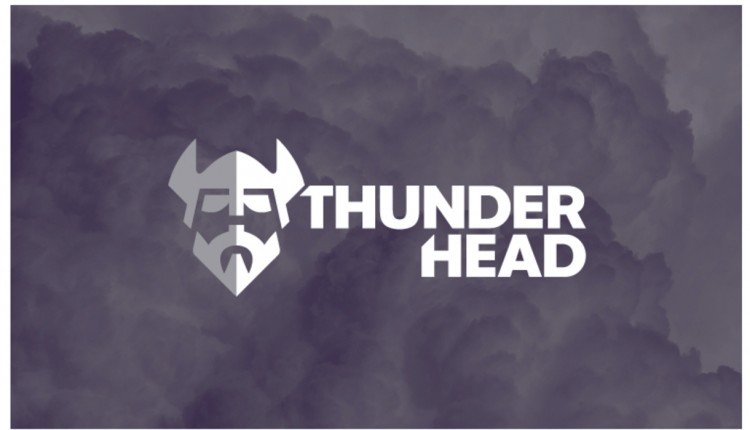
There is a lot of buzz growing once again about information governance and the importance of organizing information to align with compliance requirements and findability. This is not a new concept nor is it one that should be taken lightly. If you have information stored in your enterprise repositories, be it digital or physical, it must be there for a reason. As such, it should be made available to all those who have the need to access it. A simple, long-standing concept.
Organizational organization
I had an opportunity to visit the Old Library at Trinity College in Dublin, Ireland this year. What I found to be fascinating was not only the old manuscripts and artifacts, like the Book of Kells, but the way this library was organized. All of the tall materials were stored on the bottom shelves, while the short materials were stored on the upper shelves. (This is the way it remains today.) It was organized so that the librarians could manage accessing and moving the books easily upon request. This, of course, meant that only the librarians were able to find the materials, not the general population. This is also representative of today’s growing challenge with disorganized content environments using file shares, network drives and little-to-no governance.
Organizational information is a corporate asset that must be managed in ways that support the organization as a whole.
The key to success today from a user perspective is that one should be able to store information simply and access it when needed. Where it lives and how it is managed is not typically a user concern, but it is an organizational concern. I say it is an organizational concern because the organization, as a whole, must manage information in ways that maintain compliance with legal, regulatory and industry guidelines, yet at the same time, in ways that support the operational aspect of the business. Organizational organization of information focuses on just that, organizing information in ways that support compliance and user findability.
What to think about
First and foremost, think about the intended audience, those who need and use the information. What do they use? How do they use it? How do they access it? And who else is likely to need it?
Next, consider where the information resides and the related compliance requirements around this information. What level of security is required? Do you need encryption capabilities both at the repository and transit levels? Can this information leave the geographical region or must it be maintained and secure within the borders? Can the repositories be linked in ways that user access can be accomplished through a single interface?
MORE: Establishing Information Intelligence
Finally from the capture perspective, where does this information come from, and how does it enter the system? Is it catalogued manually, and is this method accurate and consistent? How could you automate the capture and index process not only to streamline this operation but also to gain higher levels of consistency?
In my view
Organizational information is a corporate asset that must be managed in ways that support the organization as a whole. It must balance meeting compliance requirements as well as usability. If the information is there and of business value, users must be able to find it and access it as needed, if authorized to do so.
Organizational organization of information and content requires thought and planning. It requires an understanding of what information and content is housed within the enterprise repositories, who in the user community needs it and how it is to be accessed. It requires an understanding of security to protect it and prevent access by unauthorized persons.
All of this falls under the umbrella of information governance. If the method of tall books on the bottom and short on top works for the organization as a whole, good. If not, it is time to consider other options.
Bob Larrivee is director of custom research at AIIM and an internationally recognized subject matter expert and thought leader with over 30 years of experience in the fields of information and process management. Follow him on Twitter @BobLarrivee.




















